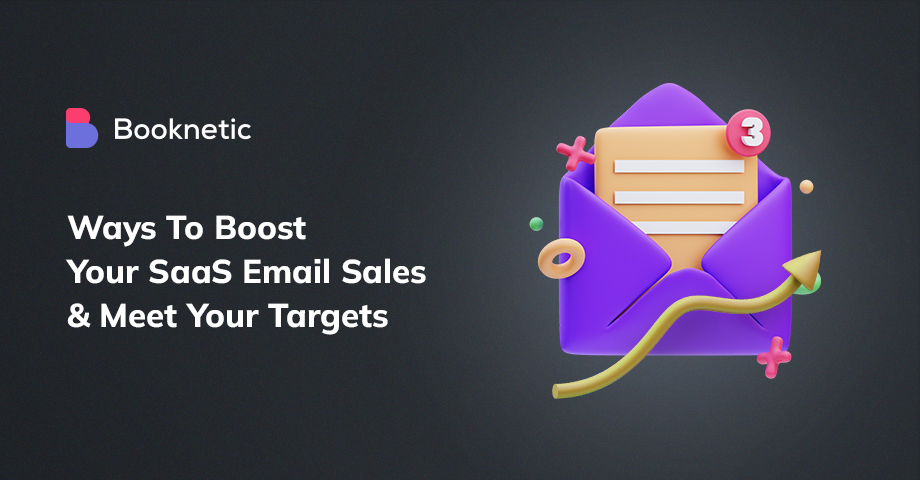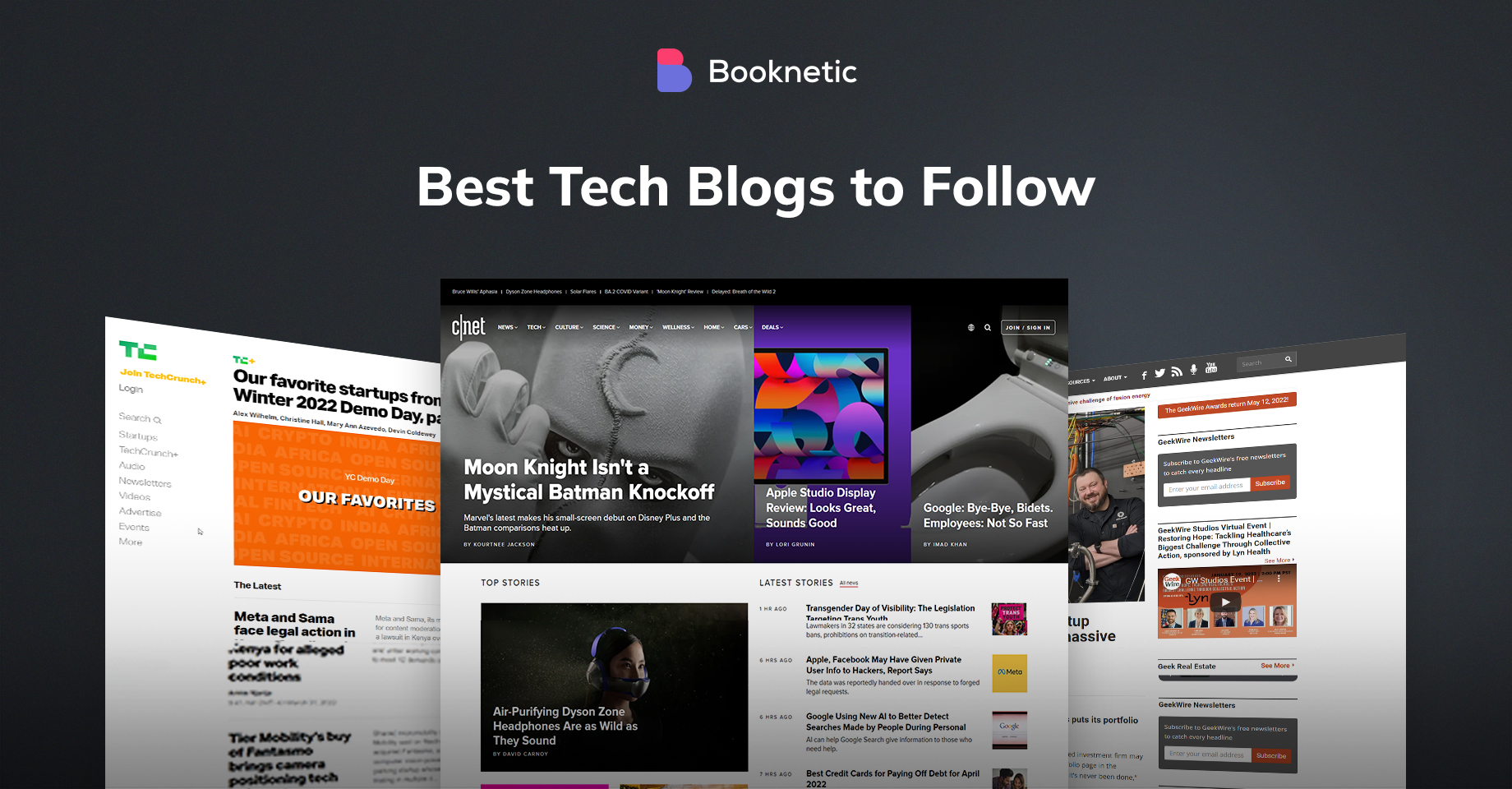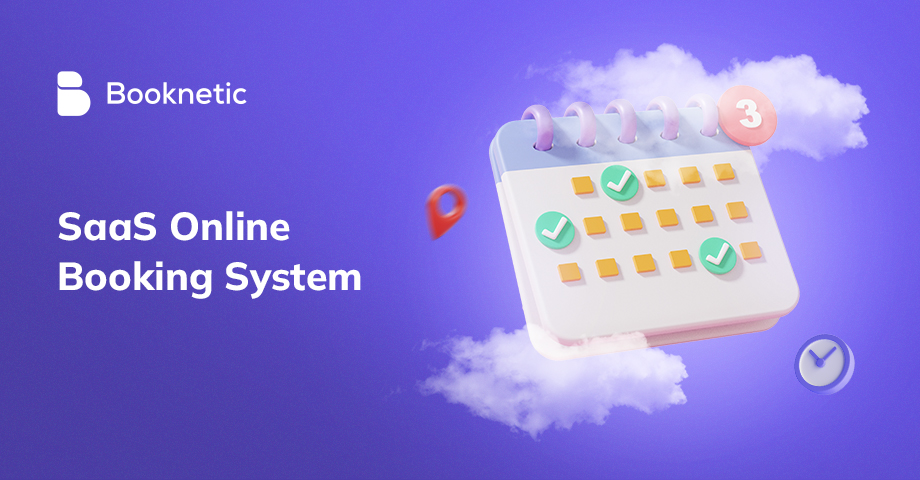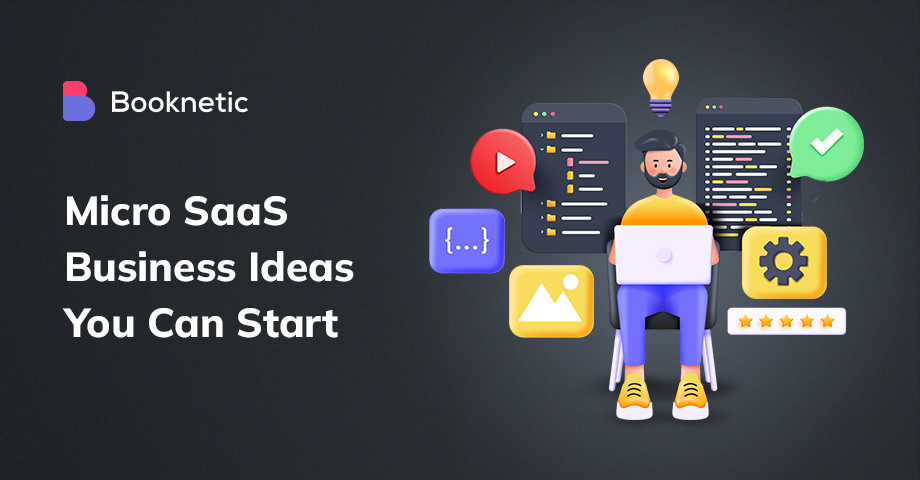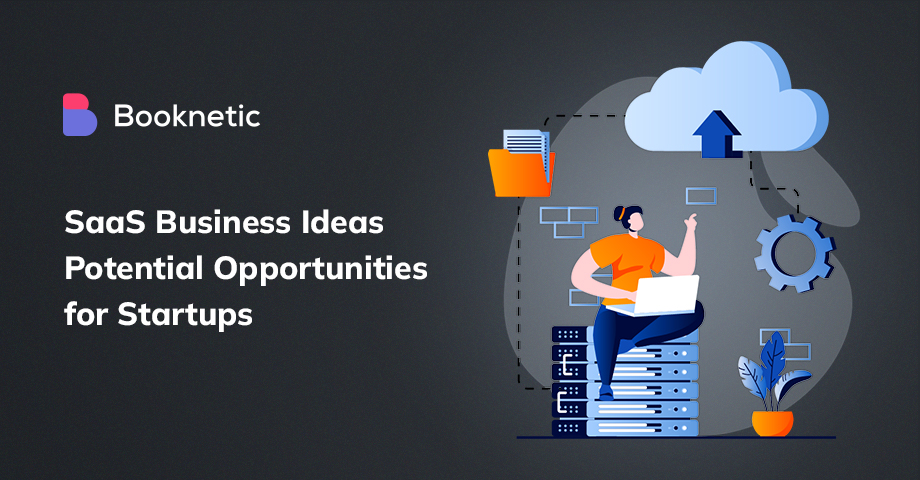Do you need help hitting your metrics for email sales? You’re certainly not alone. Many companies struggle to market as effectively through email as they can, but there are some things you can do to improve performance. Here’s a quick overview of SaaS email sales, plus actionable things you can do to improve your performance.
What is SaaS Email Marketing & Sales? SaaS email marketing focuses on convincing people to buy in for the long-term use of your software. Rather than a one-and-done sale, this is usually a long-term process involving someone’s entire team. Ideally, you’ll want to create high-converting lead-geneartion for technology companies
Your sales staff may need to use or send messages to mobile devices or integrate techniques like cart emails to improve performance.
The advantages of email marketing
Remember that marketing emails are different from sales emails. Marketing is the early part of the sales process and emphasizes getting attention from a potential customer. You can use things like blog posts to reach a prospective customer.
Sales emails focus on meeting your business goals by converting target customers
13 Ways To Improve Your Email Campaigns Here are thirteen things you can do to improve your SaaS email sales.
1. Personalize Your Content
Personalizing content makes it easier for readers to connect with it. You can use someone’s name or company information to tie things into their goals or select things like images to help match the target demographic. For example, a middle-aged African-American man will probably respond better to pictures that look like him instead of, say, a white teenager.
Personalizing content requires understanding the person receiving it, so you’ll need to collect demographic information on your customers. Ideally, you should know who you’re contacting before you send the email. You can check public information about your target company and its employees to learn more about who you’re messaging.
Don’t limit yourself to personalizing by name, either. There are many ways to customize content for different members of a target audience, and the more specific you are, the higher your conversion rate tends to be.
Avoid overloading the customer with choices if you’re selling multiple software products. Focus on a single product that you think is most relevant to them and explain why. You can include up to three other software products below to show what else your customer has, but don’t try to fit an entire catalog into your list.
2. Segment Your Contacts List
Segmenting your contacts list is recommended as part of nearly every email strategy as it’s one of the most effective inbound and outbound sales techniques . Why? Because you need to know who you’re contacting and what they’re interested in. Yes, it can help with personalizing your content, but it also provides a way to understand what sorts of advertising techniques you can try to earn a sale with.
For example, you can segment your contacts by their organizational roles. People who are decision-makers tend to have different styles than employees who are part of the regular rank-and-file. Trying to get someone to suggest software to their boss is quite different from marketing to someone who can decide whether to buy it during the conversation.
You can also segment your list by people who open your emails and those who don’t. If they’ve never opened your email, that’s your cue to try different subject lines. If they open your emails but haven’t converted, you should figure out what’s stopping them and how you can nudge things forward.
In many cases, it’s also good to segment your list based on their overall preferences. Some people prefer well-written newsletters, while others prefer simple infographics that get straight to the point. The more you can learn about your target audience, the better your position will be.
Don’t forget to segment people based on their purchase history. It’s awkward sending coupons for 30% off a first-time purchase to someone who just bought in! Messages to existing customers require a different strategy than anything to potential customers.
3. Use the Right Tools
Using the right tools is a vital part of any good sales strategy ManyReach it automates and personalizes the outreach so your team can focus on closing deals. Making content tends to be rough at first, but once you make a few basic templates, it’s easy to personalize those and send better-targeted messages.
SaaS email marketing tools
Creation tools are the most popular for improving the overall customer experience. Having software that can put newsletters together from existing content, personalize things based on the provided information, and otherwise improve your marketing efforts makes it significantly easier to achieve your goals.
The best creation tools tend to be collaborative. Making and sharing templates with other parts of a team makes it possible for a sales leader to manage a larger group and build a deep portfolio of options for the company. Remember, sending the same email to people and not varying the content probably won’t help you get more people through your sales funnel.
The other marketing tools are tracking tools. These measure things like email open rates
One of the main things that successful freelance marketers
We’ll get into this more in some of the other sections. For now, just remember that the right tracking tools make a huge difference.
[Image source: MarketSplash
4. Verify Your Email Addresses
Are you sending emails to genuine addresses? Whether you’re sending out cold emails or messaging people on a list, it’s important to know if anyone is receiving them. The good news is that most automated systems are good at verifying delivery.
For example, Mailchimp is one of the most popular email delivery systems, and they track bounces. In this context, a bounce is any failed delivery. Even better, Mailchimp categorizes them between hard bounces (invalid emails or emails not sending) SPF flattening to improve email authentication and deliverability.
Mail delivery systems have various ways of categorizing and dealing with these, but they simplify verifying emails. Using a bulk email verifier can streamline the process of identifying invalid or inactive addresses, ensuring that you're sending emails only to valid recipients. In some cases, you can manually verify emails on company websites or ask people to confirm their contact information.
Trimming bad emails from your list can help you keep your messages current and relevant. If you’re spending time crafting personalized emails for people who have no chance of ever seeing them, you’re wasting your time.
5. Track Your Metrics
Tracking your metrics is a vital part of boosting email campaigns, and it’s why using tools to gather information is so important. In many ways, this is the fundamental goal of a modern sales funnel, and tracking it can significantly improve monthly revenue. Here’s how it works.
The first thing to do in tracking metrics is figure out what leads people to convert and why. For example, when sending messages, you may find that 25% discounts have a significantly higher conversion rate than 20% or 50%. On examination, you may find that an overly-high discount makes people perceive your software as too cheap to be high-quality.
You can mix your metrics with demographic data to better predict how potential customers in any group are likely to react to specific messaging.
Once you have this information, you can start targeting and testing them with better advertisements to see if your previous data holds up.
While there are always some outliers, metrics give you a great place to begin. However, the most important thing to remember here is that metrics are only meaningful once you find ways to start integrating them into your marketing techniques.
Telling your boss that you improved sales by 10% isn’t helpful. Saying that you improved sales by 10% by identifying conversion strategies that are more effective on your target audience provides a clear, understandable, and repeatable value for your employee.
As a bonus, knowing how to tie metrics to activity and performance makes you look significantly more valuable and intelligent. It’s also helpful when negotiating a raise, as having clear proof of your ability to increase their revenue is outstanding leverage.
In short, there are many reasons to track and use metrics. Any of them are adequate justification by themselves, but their collective impact means this is the single most important thing you can do to improve your SaaS email sales.
Don’t forget to account for seasonal variations and other market forces when checking your metrics. Some companies just sell more at certain times due to the nature of their products. For example, if you’re selling software to realtors, they usually get busier in the summer.
It can take several years to build long-term data for a business, and that’s not accounting for other issues like major market shifts, recessions, or other events that can throw a wrench into company performance. Make sure to understand the context for metrics, not just the raw data.
6. A/B Test Your Email Content
A/B testing is one of the most valuable strategies you have for gathering data and evaluating your metrics. Essentially, this process involves sending similar content to the same group but varying it just enough to see what offers the best results. This can get you finer details on how demographics respond to specific elements of your emails.
A/B testing can do things like offer different deals or bargains, showcase different products, or use different art in emails that are otherwise the same. With this testing, you can do things like find out whether it’s better to put a picture on the left or right side of the email or if you should put an offer on top instead of someone’s name.
The ultimate goal of A/B testing is continually refining your marketing content and testing different things to figure out the best overall message.
You can do this with different types of emails, seasonal campaigns, and anything else that’s relevant to your organizational goals.
If you do this testing long enough, then you should eventually have several high-performing marketing formats that you can rotate between to keep things reasonably fresh for your target audience. In simpler terms, the real secret to success is finding out what works, then doing more of it.
Many companies need to improve in marketing because they need to remember this simple principle. Marketing isn’t just throwing out an ad and expecting magic to happen; it’s tracking the things that occur and discovering the nuance so you can do better.
7. Have an Enticing Subject Line
An email subject line is the first thing most people see when you send a marketing message, possibly aside from your company name. This alone can make or break whether they decide to open it, which has huge implications for your customer acquisition cost and your monthly performance.
While there are many ways to write email subject lines, the best ones match the content of your email and directly address specific pain points or desire your target audience has. Remember, if they don’t think it’s relevant, they‘re not likely to open it.
There are two main things you can focus on for creating an enticing subject line: personal and corporate issues.
Personal issues apply mainly to individual buyers or people in companies who can make decisions for themselves and don’t necessarily have to get permission to do it. For example, text-to-speech software may be a personal purchase instead of a corporate one. If you know that someone struggles with writing, advertising TTS can be viable.
Corporate issues focus on solving company problems and things that your leads may be concerned about at work. Working with subject lines that involve these usually requires making a good guess about what your target cares about and what will motivate them to check your email as a possible solution.
One way to address this is by looking at the news. For example, let’s say that you’re trying to sell software to Generic Business International, a company with worldwide operations that is trying to expand into new market sectors. Unlike most of your competitors, your software is available in multiple languages and allows seamless support and translation between them.
If you know they’re planning to expand and hire new staff, you might decide to target subject lines to emphasize their upcoming problems and how your software can help.
The Pain Points in Business Most people in businesses have at least one of four pain points you can try to address with your email subjects. These include:
Financial: Financial pain points involve spending too much money on something. This can overlap with productivity, as time is often money in business. Email subjects addressing this pain point should focus on value and lower-cost services.
Process: Process pain points involve trying to do things in outdated or inefficient ways. This sometimes overlaps with productivity, but sometimes people want things to be easier even if they’re not faster. Startups and younger employees are more interested in resolving process pain points than older companies and employees.
Productivity: Productivity pain points deal with things like spending too much time on specific tasks or needing help managing their schedule. The more time you can save them, the more interested they’re going to be in your productivity tools for small companies
Support: Support pain points deal with getting help when trying to accomplish goals. If people are confused and can’t figure out how to do things they want, they may refuse to use your software. Addressing a desire for help when you notice it can mean the difference between a sale and a failure.
8. Include a Call To Action
Every marketing email should have a clear call to action. If customers don’t understand what you want them to do after they look at your email, then you have a fundamental design problem. An ideal call to action is obvious, simple, and comes directly after your primary marketing message. Many companies use large buttons for this.
Many companies experiment with different calls to action as part of their A/B testing. Once you know what customers respond to, you can focus on creating follow-up emails and marketing
One of the biggest questions here is where in the sales funnel
For example, accountants tend to be highly process-oriented people. They have many specific techniques to account for funds, check for errors, and ensure compliance with all regulatory and reporting requirements. Accountants who make spur-of-the-moment marketing decisions are often bad accountants.
In these cases, it’s usually better to avoid an immediate sales attempt in your SaaS emails. Instead, you can focus on calls to action that encourage potential clients to learn more about the software. If you want to impress them, you may create a website with a clear walkthrough of the software and how it addresses specific accounting problems and needs.
From there, you may have a second call to action, encouraging them to give you a call so you can answer any questions they have. If they’re still around by this point, there’s a good chance they’re seriously considering using your software, so it’s worth spending the time on them.
The important thing to remember here is that while calls to action are vital, you shouldn’t forget about the follow-up. The more you understand why somebody’s willing to click, the better your chance of turning them into a customer. This is one of the many practical applications of gathering metrics and doing A/B testing discussed earlier.
9. Get to the Point
Most people don’t want to read excessively long emails. They may have dozens to get through, and if you don’t seem relevant, people are happy to ignore you. This is a similar problem to banner blindness, a behavior on the internet where people ignore things they see as ads.
For emails, one of the best ways of resolving this is getting directly to the point. More specifically, you want to provide some form of value to the reader. If they believe they’re getting something out of your message, they’ll start paying more attention to it.
In most cases, getting to the point is simple. Start with your subject line, which should address a specific pain point or motivational goal and reflect the content within the email. Don’t clutter your email, but keep the focus on as few points as possible. One is ideal if you can manage that.
After making the point clear, move directly into your call to action, so people know what to focus on next. Keeping things simple avoids cluttering up someone’s time with unnecessary elements that they’re likely to ignore, to begin with.
10. Offer a Deal or a Trial
Everyone loves a good deal. Perception of value is one of the key concepts in marketing, and the better a deal someone thinks they’re getting, the more likely they are to accept it. Remember that the customer’s opinion on the value is what matters, not the dollar amounts involved.
Deals and trials work with the idea that everyone wants to feel like a winner, and the easier it is to get someone started on your software, the less likely they are to abandon it. People like certainty and familiarity once they pick a course of action, even if they’re willing to be innovative and disruptive when picking their solution.
The right form of a deal or trial depends on things like how expensive your software is and whether setting up trials is realistic. Many companies offer cheap software plans that only support a few users, rising to a wholly customized Enterprise pricing tier that differs for each customer.
Free trials are the best option when possible. Failing that, you can try to get invitations to come to demonstrate your software in person. Try multiple approaches and see what type of deal your customer base is most likely to respond to.
11. Follow Up Using a Drip Campaign
Drip campaigns are a technique where you send emails over time to people as they meet certain criteria. These can include things like reminders, step-by-step lessons for learning your software, or reminders to complete purchases.
Many people won’t buy your software the first time they hear about it. However, if they hear your name repeatedly, they may eventually decide to take a closer look and see what you’re all about.
This is another area where metrics and A/B testing come into the picture. As any customer service employee can tell you, clients do things in different ways, and monitoring common tracks is one of the most effective ways of figuring out how to nudge them.
12. Highlight Your Product & Its Value
Becoming a sales leader requires many things, but knowing how to highlight your product is one of the most important parts. Unfortunately, too many people forget the basic marketing principles, which is that not a single customer cares about your product before using it.
The only thing your customers care about is whether your product meets their needs. Highlighting a product doesn’t mean showing off the parts you think are cool; it means telling a customer how you can address specific problems they’re having. Value means solutions, usually to one or more of the pain points discussed above.
Do not focus entirely on price when you’re trying to highlight your product. Many buyers are willing to pay good money for software that works, and the actual price is a secondary consideration as long as it’s reasonable for their budget.
Offering a trial to showcase the product’s value for solving a problem is sometimes more effective than offering a discount. People have different pain points, so highlighting different things over time can help you sell to the broadest audience.
13. Upsell or Cross-Sell if You Can
If relevant, consider trying to upsell
Final Thoughts Boosting SaaS email sales doesn’t require magic or luck. Instead, the real secret is about finding the most effective marketing strategies through metrics and A/B testing, then doing more of that and adjusting to meet the needs of your audience. You can also try exploring various options to find a clear winner in cold emailing vs LinkedIn messages or cold emailing vs social media promotions. As long as you can do this, you can improve your revenue and ultimately help the company grow significantly over time.
